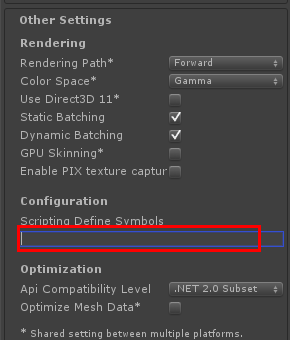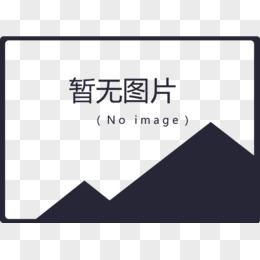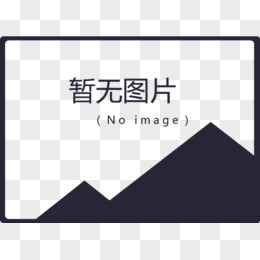在开发中,特别是unity的跨平台中,我们经常会在各个平台游走,如安卓版,苹果版,PC版......。在此不同的平台上,有可能我们需要做不同的操作。然而我们就可以用unity的自带的平台宏定义方式来做平台的判断。Unity帮我们定义了如下平台预处理:
| 名称 |
描述 |
| UNITY_EDITOR |
Define for calling Unity Editor scripts from your game code. |
| UNITY_STANDALONE_OSX |
Platform define for compiling/executing code specifically for Mac OS (This includes Universal, PPC and Intel architectures). |
| UNITY_DASHBOARD_WIDGET |
Platform define when creating code for Mac OS dashboard widgets. |
| UNITY_STANDALONE_WIN |
Use this when you want to compile/execute code for Windows stand alone applications. |
| UNITY_STANDALONE_LINUX |
Use this when you want to compile/execute code for Linux stand alone applications. |
| UNITY_STANDALONE |
Use this to compile/execute code for any standalone platform (Mac, Windows or Linux). |
| UNITY_WEBPLAYER |
Platform define for web player content (this includes Windows and Mac Web player executables). |
| UNITY_WII |
Platform define for compiling/executing code for the Wii console. |
| UNITY_IPHONE |
Platform define for compiling/executing code for the iPhone platform. |
| UNITY_ANDROID |
Platform define for the Android platform. |
| UNITY_PS3 |
Platform define for running PlayStation 3 code. |
| UNITY_XBOX360 |
Platform define for executing Xbox 360 code. |
| UNITY_NACL |
Platform define when compiling code for Google native client (this will be set additionally to UNITY_WEBPLAYER). |
| UNITY_FLASH |
Platform define when compiling code for Adobe Flash. |
|
|
以后我们可以根据如上宏定义就可以去轻而易举的很容易去在我们代码中加入判断了。我举个简单例子,如下:
using UnityEngine;
using System.Collections;
public class Recompile : MonoBehaviour
{
private string platform = string.Empty;
// Use this for initialization
void Start()
{
DebugPlatformMesaage();
}
void DebugPlatformMesaage()
{
#if UNITY_EDITOR
platform = "hi,大家好,我是在unity编辑模式下";
#elif UNITY_XBOX360
platform="hi,大家好,我在XBOX360平台";
#elif UNITY_IPHONE
platform="hi,大家好,我是IPHONE平台";
#elif UNITY_ANDROID
platform="hi,大家好,我是ANDROID平台";
#elif UNITY_STANDALONE_OSX
platform="hi,大家好,我是OSX平台";
#elif UNITY_STANDALONE_WIN
platform="hi,大家好,我是Windows平台";
#endif
Debug.Log("Current Platform:" + platform);
}
}
上面如果我是在Editor状态下的话,就能看见打印出:

我们也可以自己定义宏定义,在PlayerSetting中定义:

例如我在上面圈起来的地方填写一个CUSTOM_ITF这个预编译指令。然后在DebugPlatformMesaage函数尾部加入这句话
//新添加的内容
#if CUSTOM_ITF
customMsg = "我自定义了预编译";
#endif
Debug.Log(customMsg);
然后我们运行看下,你就能在控制台看见我们输出的信息了:

当我们把我们自定义的宏定义给去掉的时候,我们打印的信息就不会出来。
除了这些,unity中还有各个版本的宏定义,一般开发插件的大牛都会用到。
| UNITY_2_6 |
Platform define for the major version of Unity 2.6. |
| UNITY_2_6_1 |
Platform define for specific version 1 from the major release 2.6. |
| UNITY_3_0 |
Platform define for the major version of Unity 3.0. |
| UNITY_3_0_0 |
Platform define for the specific version 0 of Unity 3.0. |
| UNITY_3_1 |
Platform define for major version of Unity 3.1. |
| UNITY_3_2 |
Platform define for major version of Unity 3.2. |
| UNITY_3_3 |
Platform define for major version of Unity 3.3. |
| UNITY_3_4 |
Platform define for major version of Unity 3.4. |
| UNITY_3_5 |
Platform define for major version of Unity 3.5. |
| UNITY_4_0 |
Platform define for major version of Unity 4.0. |
| UNITY_4_0_1 |
Platform define for major version of Unity 4.0.1. |
| UNITY_4_1 |
Platform define for major version of Unity 4.1. |
| UNITY_4_2 |
Platform define for major version of Unity 4.2. |
|
|
其实预编译在我们对unity开发的时候还有一个很好的作用,我们Debug的时候是IO,其实会消耗CPU的,从而影响了我们的性能,我们想在开发的时候进行Debug,但不想在到处的时候打印出,在这个时候我们就可以用预编译来判断他是否是在Editor状态下,从而做出相应的操作!
预处理命令从来不会被翻译为可执行中的命令,但会影响编译过程的各个方面。例如:使用预处理器指令可以禁止编译器编译代码的某一部分,如果计划发布两个版本的代码,即基本版本和有更多功能的企业版本,即可以使用这些预处理指令。在编译软件的基本版本时,使用预处理器指令还可以禁止编译器编译于额外相关的代码。另外,在编写提供调试信息的代码时,也可以使用预处理器指令。在销售软件时,一般不希望编译这部分代码。预处理器指令开头都有符号#。我们unity的不是分专业版和免费版吗,其实有可能就是用到了预编译,从而编译不同的版本。









